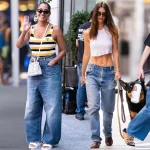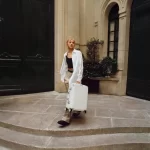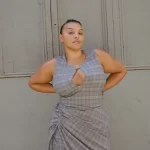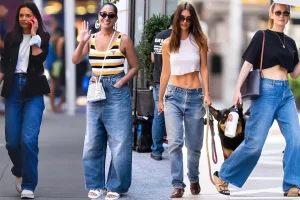Most major brands, including Gucci and Balenciaga and Fortnite, have in the past two years released a digital fashion drop.
Yet, despite these signs of mainstream adoption, many consumers and creators still disregard digital fashion, viewing it at odds with its traditional counterpart — and for good reason.
Physical fashion’s value is derived from artisanship, skill, and exclusivity. Digital fashion, in contrast, can be made by anyone and reach a market of millions for little to no cost.
Ever since I started in digital fashion, I’ve reckoned with this dichotomy. I’ve asked myself what Web3 luxury means, and how “high fashion” can exist in a democratized digital world.
This year, I’ve come to the conclusion that clothes created generatively are the way forward.
Defining generative creation
Generative creative processes have been around for centuries, and consist of building systems that automatically create art.
Though generative art does not have to be digital, today it most often uses computers. Creators work with algorithms that define the limits of a collection’s design through sets of qualities known as ‘traits.’ At the time a work is sold, these traits are randomly selected by the program to create outputs that are both unique and unexpected.
If you take the example of generative fashion, a creator might decide that each garment in a collection should have two colors out of a possible six, or be made up of anywhere from one to 25 pleats. They would then go on to design a system that created clothes within these parameters, and at the time of purchase, this algorithm would decide what the item’s qualities are.
Algorithms in the arts
Looking past fashion and into other creative sectors such as art and avatars, generative systems have grown rapidly in acclaim.
Many of the most famous profile picture (PFP) projects create generative traits for digital avatars. If you own a Bored Ape or a Cryptopunk for instance, the way your PFP appears (its body color, style and expression) is determined by a generative system.
Similarly, the Artblocks community has rallied around the concept that generative creation is a true digital artform. With code-based craft seeping into every trait’s expression, this creation process is valued as highly by collectors as the final aesthetic output.
As exciting as developments in generative digital art are, and have been, in my eyes it’s digital fashion where these novel creative processes find their perfect fit.

Digital fashion label Tribute Brand’s debut “Punk” collection included generative, one-of-a-kind, logo typefaces that could be used as a PFP. Photo: Tribute Brand
Full functionality
Since its inception, fashion has functioned as a signaling mechanism. It has been created and consumed to allow us to express ourselves, form affiliations and signal social status.
Until now, fulfilling one of these requirements has come at the expense of fulfilling the others.
If you make your clothes yourself, you might max out on self-expression, but find no one to share your affiliation with. Or, if you’re in head-to-toe Prada, you might flex status with your fits, but lose your identity as an individual.
I believe generative digital fashion enables all three of fashion’s functions to occur at once.
It enables self-expression via its abundance of variety – when it comes to showcasing your individuality, the sheer quantity of possible traits in generative fashion pieces render each entirely unique.
With our latest Draup collection, each of the 648 pieces is made up of 21 traits, resulting in thousands of possible outcomes.
Generative digital fashion provides affiliation in the connecting code – your connections are shown through the shared algorithmic thread that links together the pieces in any given drop.
Source: jingdaily




























